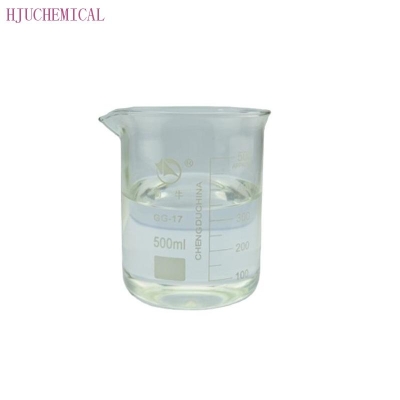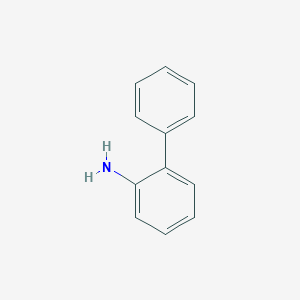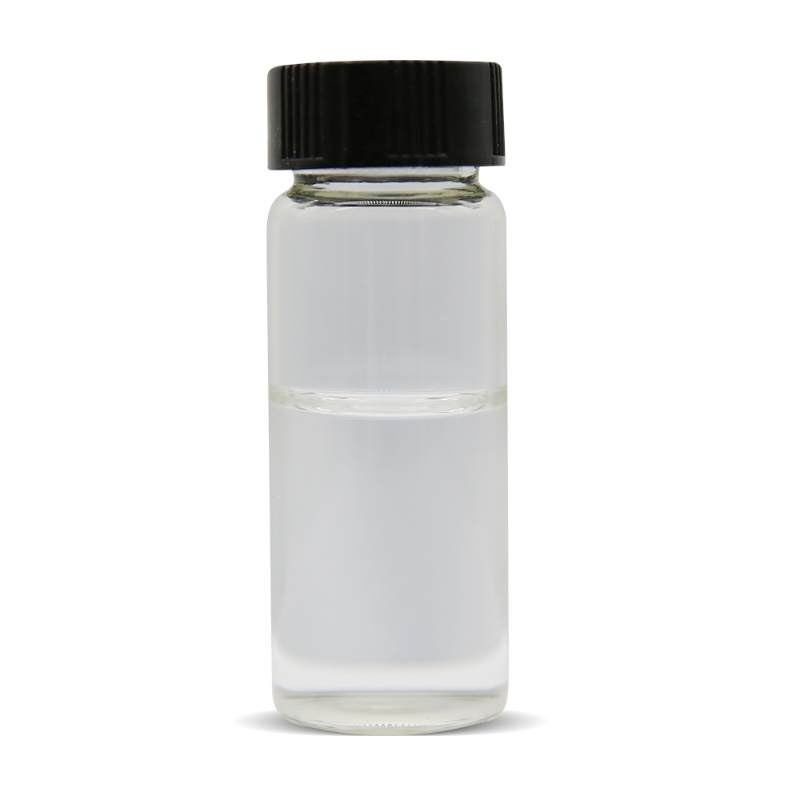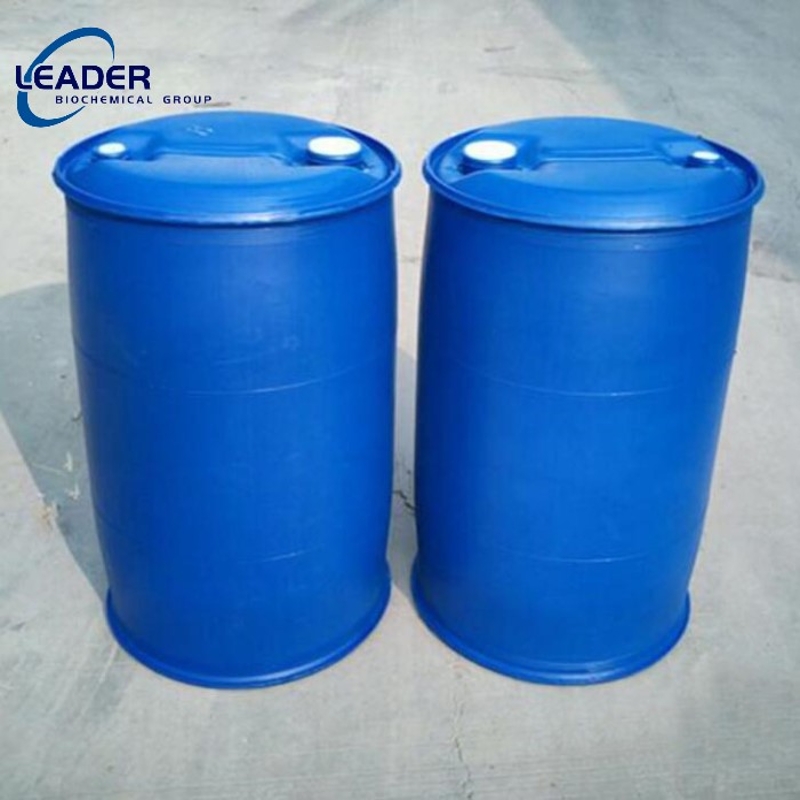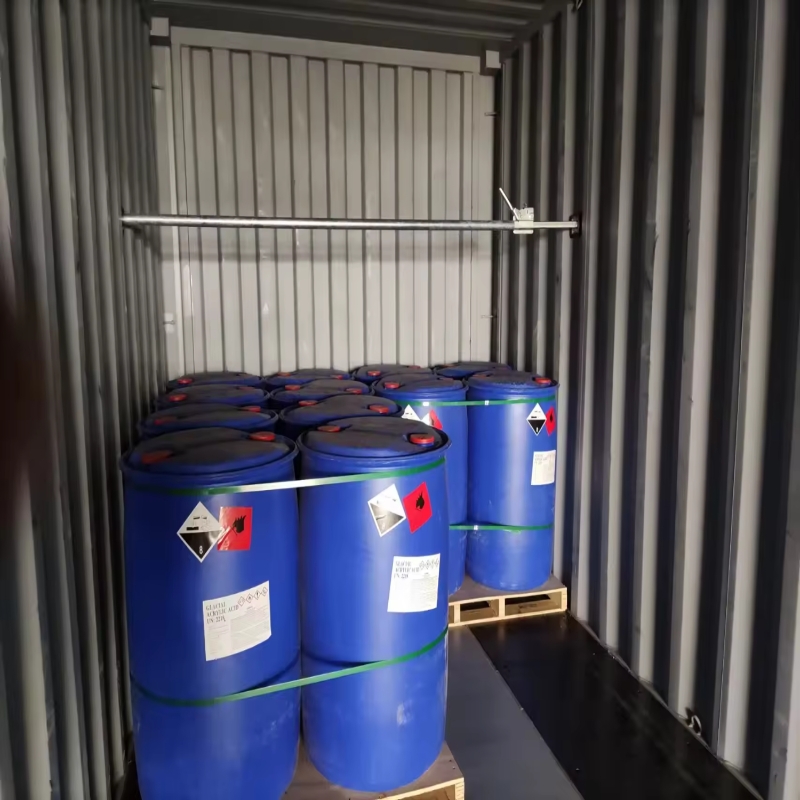Catalyst and Auxiliary
- • Antioxidants (109)
- • UV Absorbers (92)
- • Polyethylene Glycol Derivatives (66)
- • Fluorescent Brightener (62)
- • Plastic Rubber Chemicals (89)
- • Polymer (464)
- • Precious Metal Catalysts (239)
- • Coupling Agent (8)
- • Zeolite (5)
- • Flame Retardants (10)
- • Petrochemical (22)
Related News
-
ICE USA 2024
2023-05-15 -
Sumitomo Chemical to achieve acrylic resin pyrolysis recovery MMA process
2022-12-29 -
Ponding chemistry in the united states to increase production of foamed plastics
2022-11-24 -
LG Chem is expected to build a new plastic recycling plant with an estimated capacity of more than 20,000 tons
2022-11-22 -
Scientists create entirely new material with plastic and metal properties that ‘can’t be explained’
2022-10-28 -
From 'Bottle' to 'Bottle' : The Recycling of beverage bottles, China awaits action
2022-10-25
Plastic Rubber Chemicals
Antioxidant 1010
(6683-19-8)-
Industrial Grade / 99%
-
Industrial Grade / 99%
-
Industrial Grade / 95%
-
Industrial Grade / 98%
Request for quotation , get quotes from more suppliers.
Tris(1,3-dichloro-2-propyl) phosphate
(13674-87-8)-
Industrial Grade / 99%
-
Industrial Grade / 99%
-
industrial Grade / 98%
-
Industrial Grade / 99%
Request for quotation , get quotes from more suppliers.
2-Aminobiphenyl
(90-41-5)-
Industrial Grade / 99%
-
Industrial Grade / 99%
-
Industrial Grade / 99.5%
-
![2-Aminodiphenyl buy 2-Aminodiphenyl]()
Industrial Grade / 99%
Request for quotation , get quotes from more suppliers.
Monoolein
(25496-72-4)-
industrial Grade / 98%
-
![MONOOLEIN CAS NO 25496-72-4 buy MONOOLEIN CAS NO 25496-72-4]()
Industrial Grade, Feed Grade, Food Grade, Pharma Grade / 99%
$11.11/KG EXW
-
![Monoolein buy Monoolein]()
Industrial Grade ,Pharma Grade / 99%
-
![Monoolein buy Monoolein]()
Industrial Grade / 99%
Request for quotation , get quotes from more suppliers.
Phenol, styrenated
(61788-44-1)-
Industrial Grade / 98%
-
Industrial Grade / 99%
-
Industrial Grade / 99%
-
![Styrenated phenol buy Styrenated phenol]()
Industrial Grade / 99%
Request for quotation , get quotes from more suppliers.
Dioctyl decanedioate
(2432-87-3)-
industrial Grade / 98%
-
Industrial Grade / 99%
-
![SEBACIC ACID DI-N-OCTYL ESTER CAS NO 2432-87-3 buy SEBACIC ACID DI-N-OCTYL ESTER CAS NO 2432-87-3]()
Industrial Grade, Feed Grade, Food Grade, Pharma Grade / 99%
$11.11/KG EXW
-
![Decanedioic acid,1,10-dioctyl ester buy Decanedioic acid,1,10-dioctyl ester]()
Industrial Grade / 99%
1,2-Benzenedicarboxylic acid, di-C8-10-branched alkyl esters, C9-rich
(68515-48-0)-
Industrial Grade / -
-
Industrial Grade / 99%
-
Industrial Grade / 99%
-
Industrial Grade / 99%
$2.53-3.03/KG FOB
Alkanes, C22-40, chloro
(106232-86-4)-
Industrial Grade / 99%
-
Industrial Grade / 99%
-
Industrial Grade / 99%
-
Industrial Grade / -
Request for quotation , get quotes from more suppliers.
N,N′-(Dithiodi-2,1-phenylene)bis[benzamide]
(135-57-9)-
Industrial Grade / 99%
-
Industrial Grade / -
-
Industrial Grade / 99%
-
Industrial Grade / 99%
$2-2.1/MT FOB
Request for quotation , get quotes from more suppliers.
C.I. Fluorescent Brightener 351
(38775-22-3)-
![C.I. 482200 buy C.I. 482200]()
Industrial Grade / 99.00%
-
![C.I. 482200 buy C.I. 482200]()
Industrial Grade / 99%
-
Chemical Grade / 99%
-
![C.I. 482200 buy C.I. 482200]()
Request for quotation , get quotes from more suppliers.
More Information
Plastic rubber also referred to as thermoplastic elastomers (TPEs) is a group of materials that combines properties of plastics and rubber. This novel material combines the elasticity of rubber and the processing of thermoplastics with their ability to be recycled. Plastic rubber materials are widely used in different industries because of the features and various uses they hold.
Among the plastic rubber products, there are plastic rubber bands as one of the most popular types. These bands have the following benefits compared to ordinary rubber bands: They are more durable, they do not get easily damaged by ultraviolet light, and they do not lose their colour easily. The fact that plastic rubber materials can be processed like conventional plastics has made them a widely acceptable choice in many industrial applications.
Some key applications of plastic rubber include:
• Automotive industry: Applicable in automotive weather seals, hoses and vibration dampers.
• Consumer goods: It is used to make soft grip handles, phone cases, and footwear.
• Medical devices: Used in tubing, seals and flexible parts















